Introduction
The “cuōcuōzi,” a humble yet indispensable tool in traditional Chinese households, serves as a versatile scrubbing brush for cleaning pots, vegetables, and even as a bath accessory. Rooted in practicality and sustainability, this handmade implement reflects centuries of resourcefulness, utilizing natural materials to create an effective cleaning aid. While modern stores offer synthetic alternatives, crafting a cuōcuōzi at home connects users to a time-honored tradition while promoting eco-friendly living. This article explores the history, materials, and detailed process of creating your own cuōcuōzi, ensuring a durable and functional tool tailored to your needs.
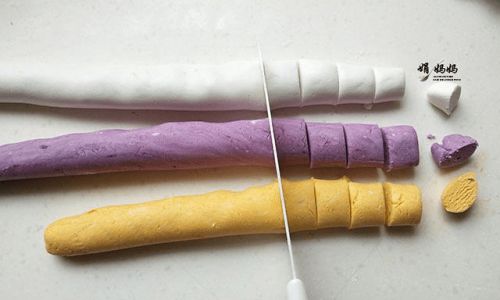
A Brief History and Cultural Significance
The cuōcuōzi’s origins trace back to rural China, where communities relied on locally sourced materials to fashion everyday essentials. The term “cuō” (搓) translates to “to rub” or “to scrub,” emphasizing its primary function. Traditionally crafted from bamboo, palm fibers, or coconut husks, these brushes were prized for their durability, biodegradability, and ability to clean without scratching delicate surfaces. In some regions, the design varied slightly—some featured a curved handle for ergonomic grip, while others incorporated decorative elements. Today, the cuōcuōzi remains a symbol of frugality and environmental stewardship, offering a sustainable alternative to plastic scrubbers that pollute ecosystems.
Materials and Tools Required
Creating a cuōcuōzi demands minimal resources, making it accessible to crafters worldwide. Below is a list of materials and tools to gather before beginning:
-
Base Material:
- Bamboo: A sturdy, renewable resource ideal for the brush’s handle and frame. Select a bamboo stalk approximately 30–40 cm (12–16 inches) in length and 2–3 cm (0.8–1.2 inches) in diameter.
- Alternatives: Wood (e.g., oak, maple) or recycled metal for a modern twist.
-
Scrubbing Fibers:
- Natural Options: Palm fibers, coconut coir, or sisal twine. These fibers are abrasive yet gentle, perfect for scrubbing.
- Synthetic Alternatives: Nylon brush bristles (ensure they are recyclable or biodegradable).
-
Binding Materials:
- Twine: Hemp, jute, or cotton twine for securing fibers to the base.
- Adhesive: Non-toxic, waterproof glue (optional, for added stability).
-
Tools:
- Sharp knife or saw (for cutting bamboo/wood).
- Drill with a 3–5 mm (1/8–3/16 inch) bit.
- Sandpaper (medium and fine grit).
- Scissors (for trimming fibers).
- Gloves (to protect hands during cutting and drilling).
Step-by-Step Construction Guide
Preparing the Base
- Cut the Bamboo: Using a sharp knife or saw, trim the bamboo stalk to your desired length. A 30 cm (12-inch) handle is ideal for balance and reach.
- Shape the Head: At one end of the bamboo, carve a flat, oval-shaped head (approximately 5–7 cm/2–3 inches wide). This area will hold the scrubbing fibers.
- Sand Smoothly: Use medium-grit sandpaper to smooth rough edges, then finish with fine-grit paper for a splinter-free surface.
Drilling Holes for Fibers
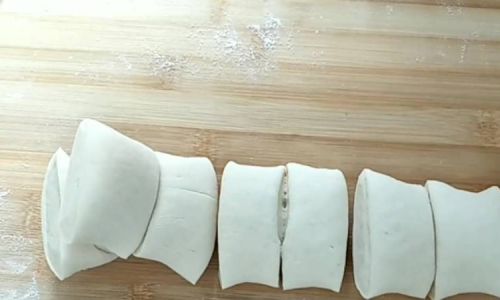
- Mark Hole Placement: On the bamboo head, mark 15–20 evenly spaced holes in two parallel rows. Each hole should be 1–2 cm (0.4–0.8 inches) from the edge.
- Drill Carefully: Using a drill bit slightly wider than your twine or fibers, create holes through the bamboo. Ensure they are perpendicular to the surface for even fiber distribution.
Attaching the Scrubbing Fibers
- Prepare the Fibers:
- For natural fibers: Soak palm or coconut coir in warm water for 30 minutes to soften, then cut into 15–20 cm (6–8 inch) strands.
- For synthetic fibers: Cut nylon bristles to the same length.
- Thread the Fibers:
- Take 8–10 strands and fold them in half to create a loop.
- Thread the loop through a hole from the inside of the bamboo head, pulling the ends through.
- Repeat for all holes, ensuring equal tension.
- Secure the Bundle:
- Once all fibers are threaded, pull the loops taut and tie them tightly with twine on the inside of the bamboo head.
- For added durability, apply a small dab of waterproof glue to the knot before trimming excess twine.
Shaping and Trimming
- Even the Fibers: Use scissors to trim the scrubbing end into a uniform dome or flat surface, depending on your preference. A rounded edge prevents scratching delicate cookware.
- Test the Abrasiveness: Gently rub the brush against your hand. If it feels too harsh, trim the fibers shorter; if too soft, add more layers.
Finishing Touches
- Seal the Base (Optional): Apply a coat of natural oil (e.g., linseed or tung oil) to the bamboo to prevent cracking. Allow it to dry completely.
- Add a Loop: Drill a small hole at the base’s end and thread a twine loop for hanging storage.
Tips for Customization and Maintenance
- Adjust Firmness: For tougher cleaning tasks, layer two sets of fibers. For delicate surfaces, use fewer strands or softer materials like sisal.
- Reinforce Weak Points: If fibers loosen over time, rethread and retie them, or apply a fresh glue seal.
- Cleaning the Brush: Rinse after use and air-dry to prevent mold. Avoid submerging the bamboo handle in water for extended periods.
- Regional Variations: In southern China, coconut husks are often carved into brush heads, while northern crafters may use bundled corn husks for a softer texture.
Beyond Functionality: Artistic and Cultural Adaptations
Modern crafters have embraced the cuōcuōzi as a canvas for creativity. Some artisans carve intricate patterns into the bamboo handle, while others incorporate colorful twine or beads into the fiber bundles. In bath settings, the brush doubles as an exfoliating tool when made with softer fibers like loofah. For a festive touch, dye the fibers with natural pigments (e.g., turmeric for yellow, beetroot for pink) before assembly.
Environmental and Health Benefits
Unlike plastic scrubbers that shed microplastics, a natural cuōcuōzi is entirely biodegradable. Its fibers are free from harsh chemicals, making it safe for cleaning baby bottles, organic produce, and sensitive skin. Additionally, the bamboo base naturally resists bacteria, reducing odors and extending the brush’s lifespan.
Conclusion
Crafting a cuōcuōzi is more than a DIY project—it is a nod to sustainable living and cultural preservation. By repurposing natural materials and simple tools, you create a functional heirloom that reduces waste and honors tradition. Whether used for scrubbing stubborn pot residue or gently exfoliating skin, this humble brush embodies the harmony between practicality and environmental stewardship. Experiment with materials, share your designs, and keep the legacy of the cuōcuōzi alive in modern kitchens and bathrooms.
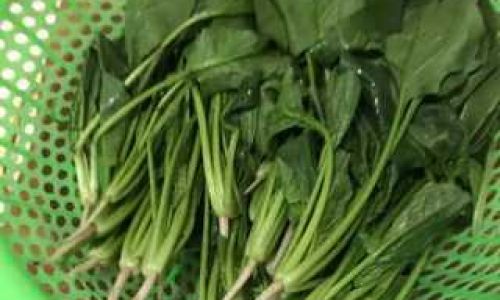
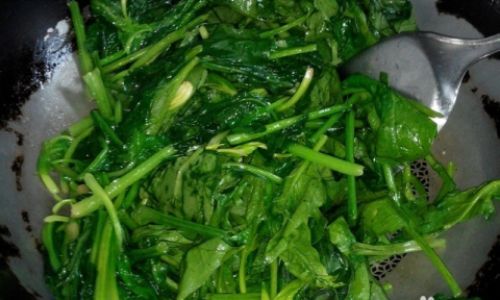
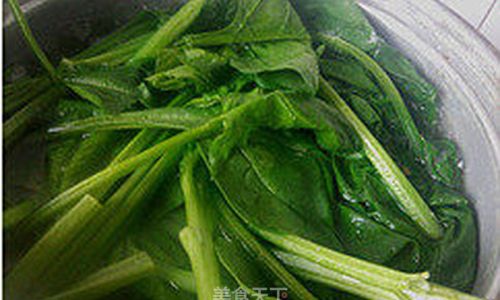

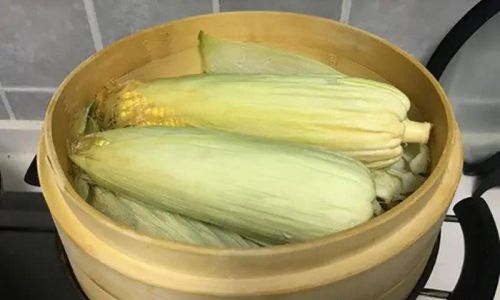
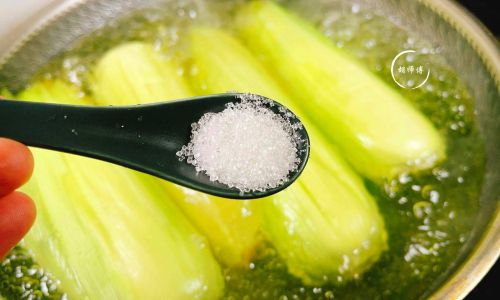
0 comments